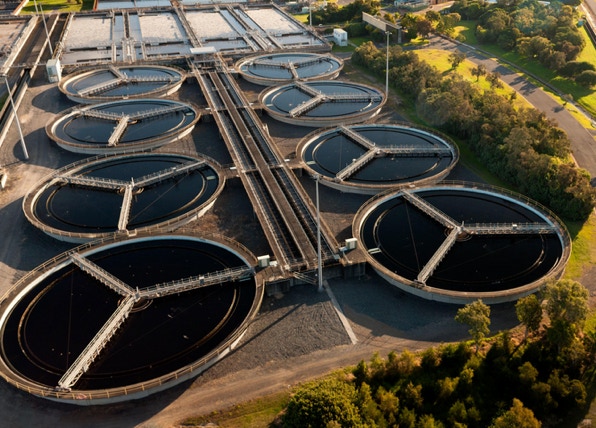
FAQ’s
Does Montauk need a centralized urban-style wastewater treatment system?
NO. There are a few considerations to recognize, this problem is seasonal, the Montauk community is rural-suburban, certainly not urban, and we are bounded by water on three sides (that’s an asset). It’s an asset as we are forced to live within physical boundaries, hence forcibly limiting growth, hence limiting our environmental footprint.
The environmental and physical constraints are sometimes at odds with the desires of some.We witnessed this conflict in both Cape Cod and Southampton (most recently).Cape Cod, due to unbounded development.Due to over development, Cape Cod has now a potential crisis (real crisis in this case), in that the waste water and nitrogen levels are affecting the aquifer.This is precisely the type of problem we want to avoid in Montauk.We happen to be unique in this regard, as our aquifer is in Hither Woods (not the village of Montauk).We spent nearly 20 years (1984-2002) fighting to preserve Hither Woods and our aquifer. If there is a lesson to be learned from the Cape Cod self-imposed problem, it’s to bound growth, and protect our aquifer, and especially not build a sewer plant on top of it.
There are alternatives to mitigating the problems associated with the village wastewater.Like any solution, the processes of risk management must be adhered to.There is a balance to arriving at a solution, preserving what makes our community unique, and doing so affordably.The alternatives will manifest during the SEQRA (State Environmentally Quality Review Act) process. A complete and thorough SEQRA is the sole responsibility of the Town of East Hampton.Mr Peter Van Scoyoc must immediately initiate the process and declare he and his administration will take the lead.The Sewer Plant initiative is owned by the Town of East Hampton and no one else.It is incumbent that any environmental group associated with Montauk make this SEQRA their pivotal focus.
Putting aside for the moment the town requirements on SEQRA one might ask why the Town doesn’t first try to install the new low-nitrogen I/A OWTS systems.They could perhaps be used in batches to serve several businesses together, instead of going “whole hog” with a centralized “big ticket” sewer plant.
Do we need an Environmental Impact Study and SEQRA?
YES. Without a doubt the Town must at the very least perform a SEQRA on the largest infrastructure project ever proposed, and the town must take the lead. The purpose of the State Environmental Quality Review (SEQR) Act is to avoid or limit possible negative impacts on the environment from proposed actions such as adopting land use plans, area and use variances, building a housing development or a roadway or filling wetlands. The SEQR process provides a way for agencies to look closely at the possible environmental impacts of a proposed action.
SEQRA requires all state and local government agencies to consider environmental impacts equally with social and economic factors during discretionary decision-making. This means these agencies must assess the environmental significance of all actions they have discretion to approve, fund or directly undertake.
The H2M Report,-Rev 2, Section 4, Table 5, “assumes an EIS not required”. This is completely unacceptable! How did the town arrive at this conclusion? A complete accounting of the discussions, emails and reports associated with this must be provided and the town must provide answers.
East Hampton Town must declare themselves lead agency for the Sewer District Proposal and issue a Positive Declaration under SEQRA. The Town listed its expected “Phases” for implementing the wastewater treatment program, including the sewer plant. The “Land Swap with Suffolk County” is forecast to occur in 2022-203 and the “Map & Plan Report” is projected to be finished in “2021-2023.” Yet completion of the SEQRA process is anticipated in “Late 2023.”
No aspect of the sewer district project, least of all a land exchange with Suffolk County, should take place before completion of the SEQRA process. Furthermore, given the proposed bulldozing of 14 acres of forest in the midst of the largest block of preserved open space on the South Fork, and the many other potential adverse environmental impacts associated with this project, it is unthinkable that the Town Board would do anything less than prepare a full-blown Environmental Impact Statement (“EIS”). To date, the Town has not, to our knowledge, even begun the SEQRA process. It is totally unrealistic for you to project that an EIS on a project of this magnitude will be scoped, prepared, heard, and adopted before the end of 2023.

© 2023 Whalenworks LLC
Design by Whalenworks, all rights reserved
© 2023 R.E. Whalen, photos used by permission
All photos ©copyright R.E. Whalen, used by permission
hardball design
All photos ©copyright R.E. Whalen, used by permission